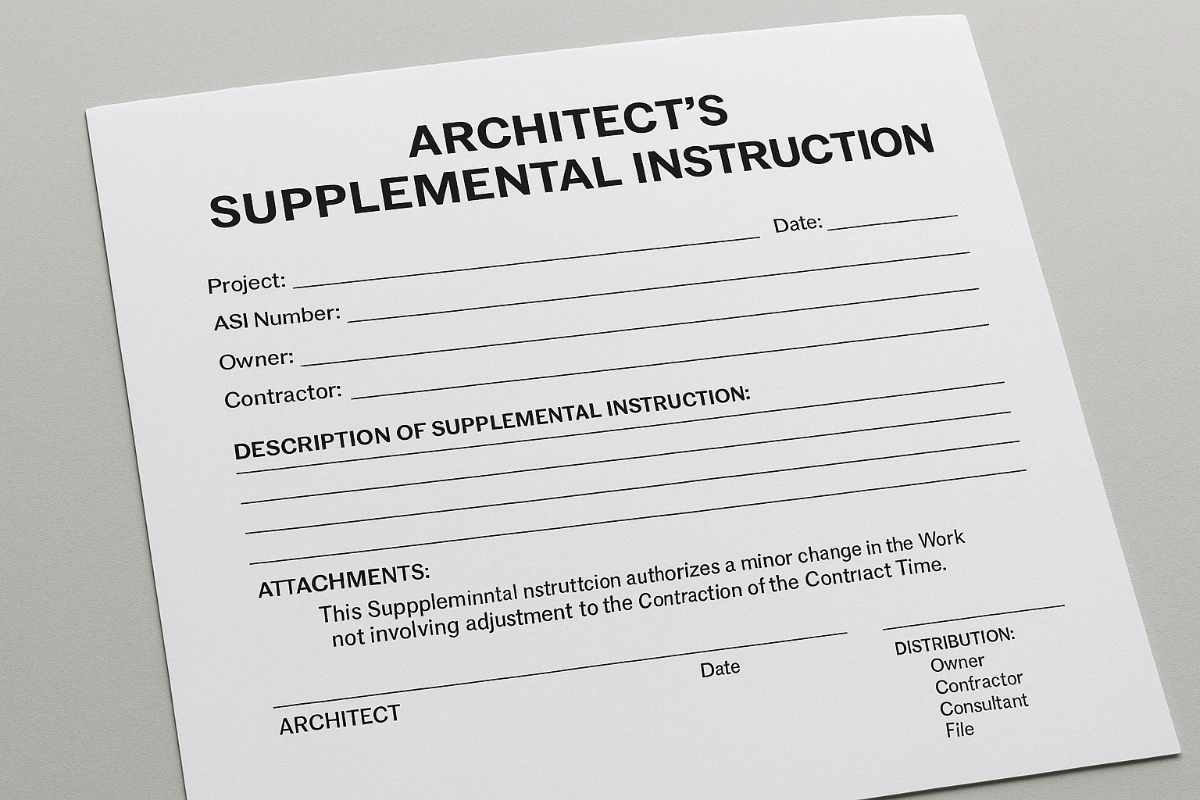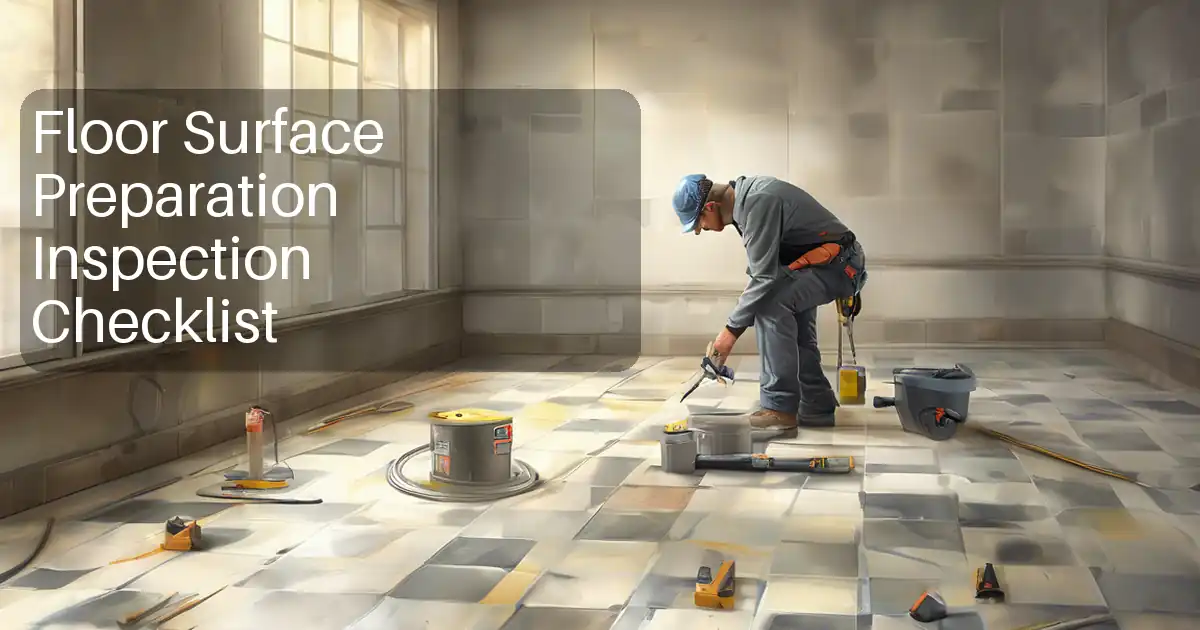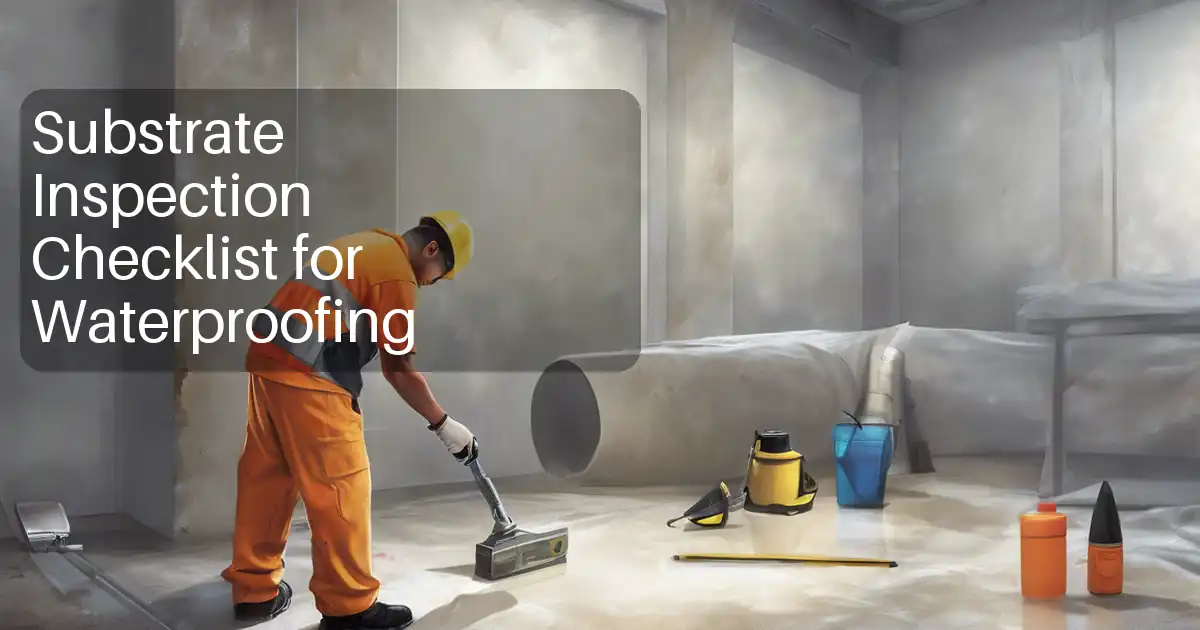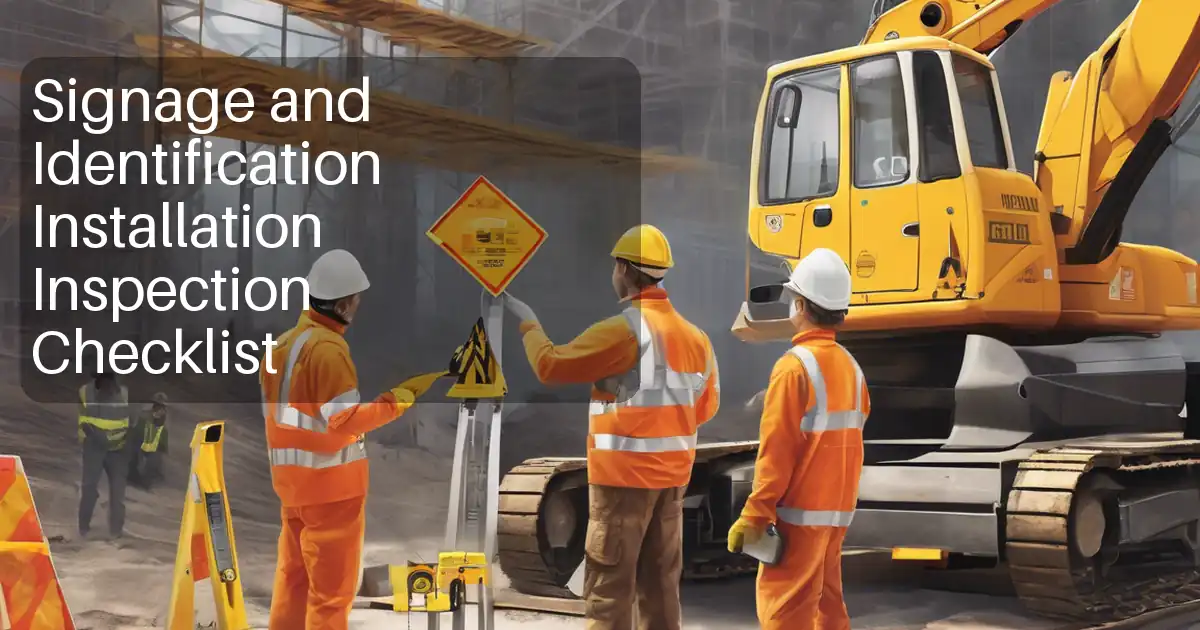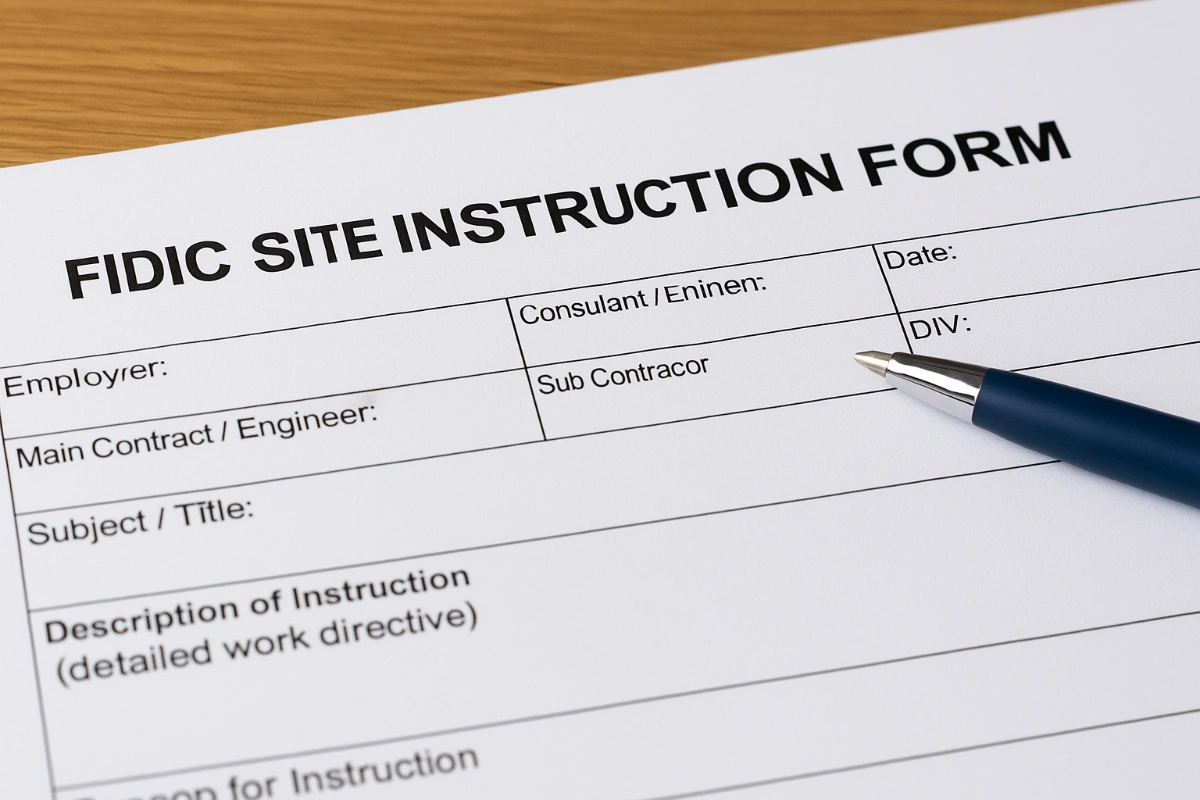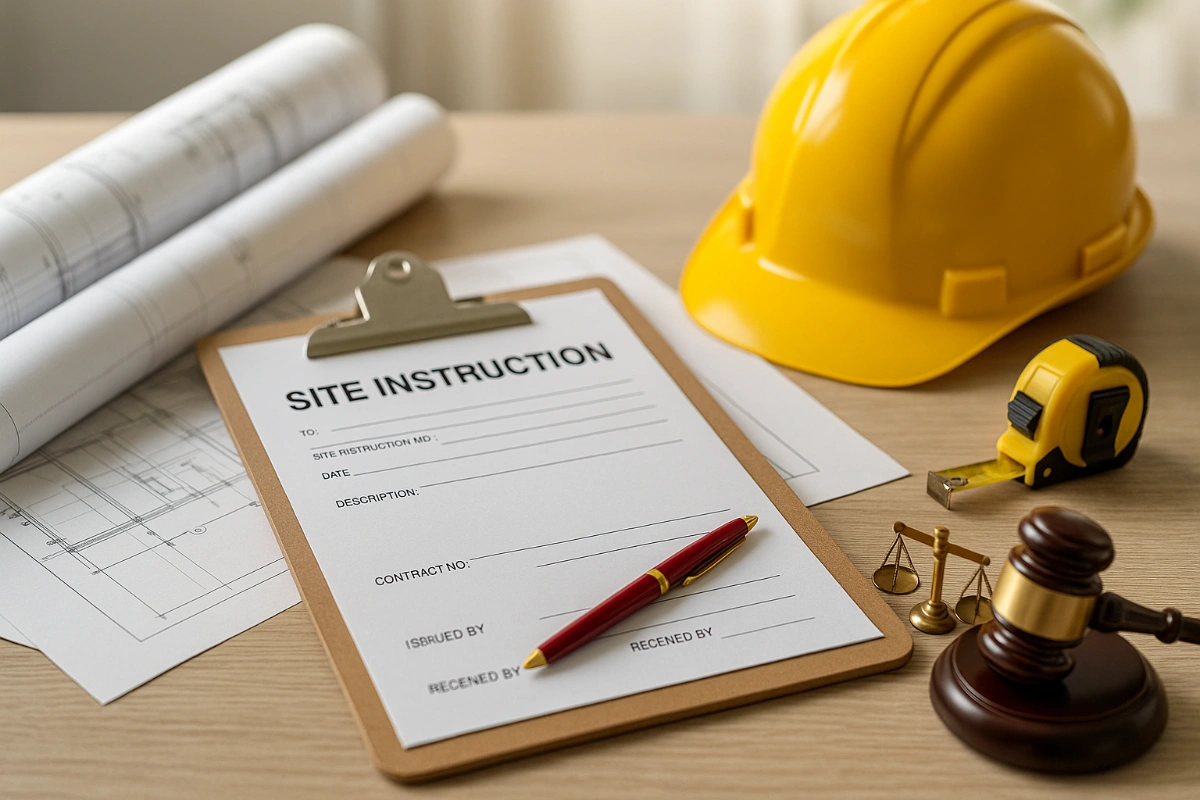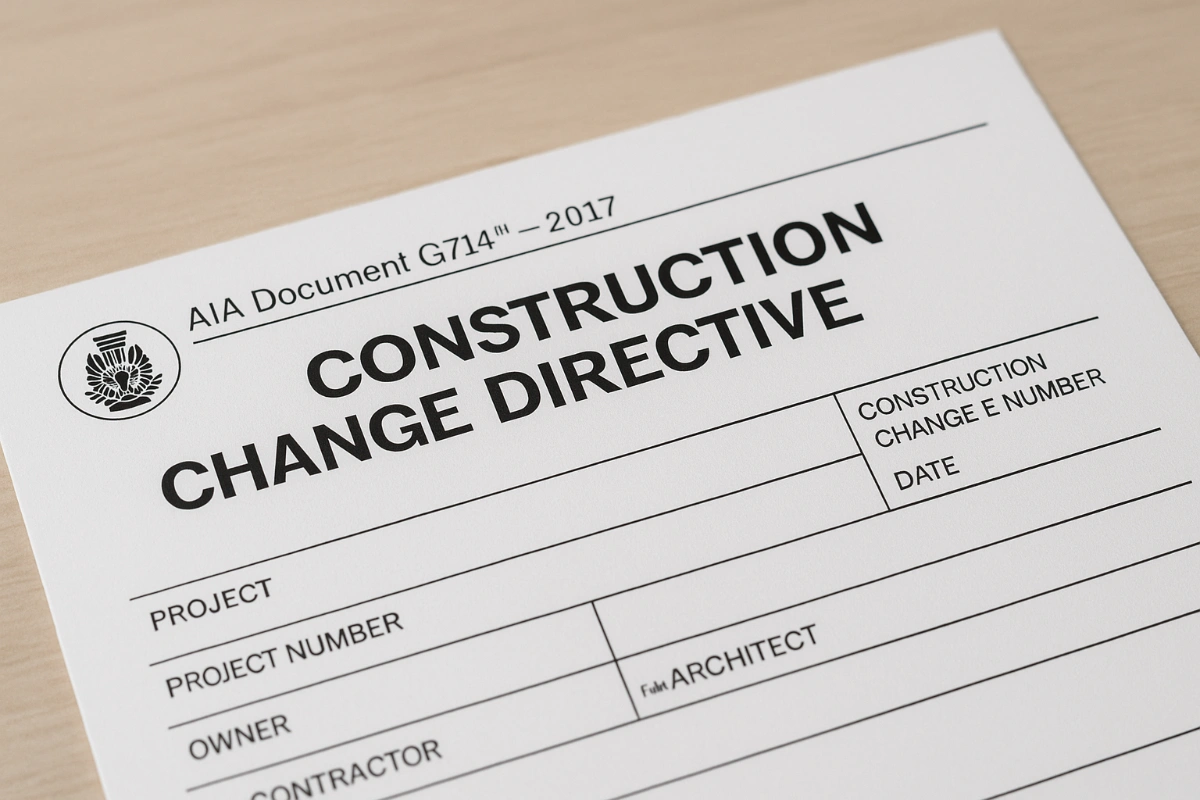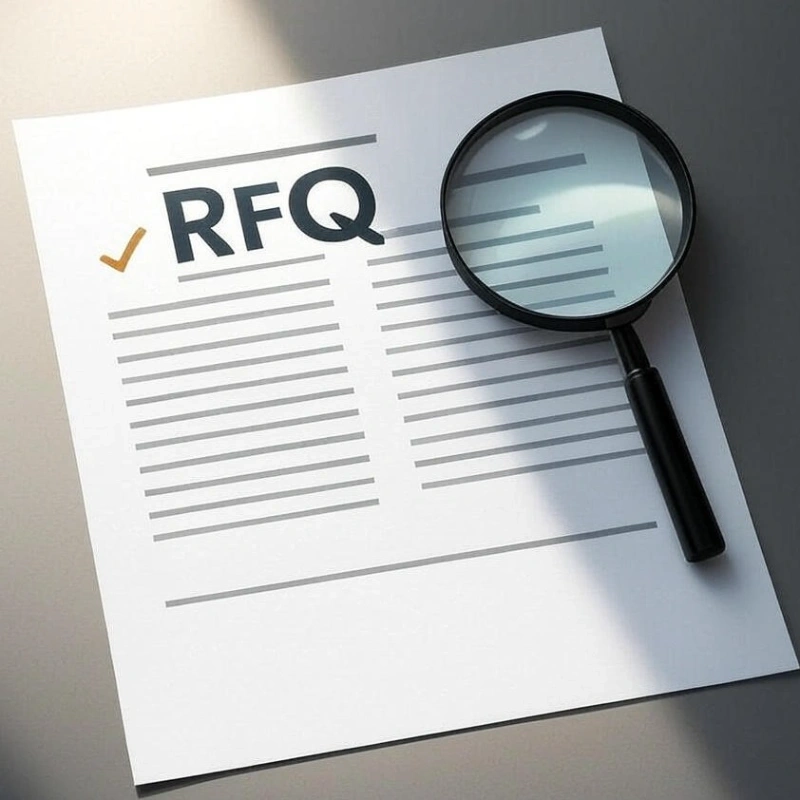AIA Architect’s Supplemental Instruction (ASI) – Free Form & Usage Tips
Introduction
Under the AIA A201 – General Conditions of the Contract for Construction, an Architect’s Supplemental Instruction (ASI) allows the architect to authorize a minor change in the work that does not affect the contract sum or contract time.
Because ASIs apply only to zero-cost, zero-time changes, they are often used for clarifications, small adjustments, or minor corrections. If the contractor believes an ASI will have cost or time impact, it should be converted into a Construction Change Directive (CCD) or Change Order.
This mini guide focuses on the AIA ASI form available for free download from Quollnet, showing how to use it effectively in your projects.
Download the AIA ASI Form – PDF, Excel, WebP
Purpose of the ASI Form
The ASI form provides a standardized method for issuing instructions that:
-
Clarify design details without altering price or schedule.
-
Maintain a written record of minor adjustments.
-
Ensure all relevant parties (Owner, Contractor, Consultants) are notified.
When to Use an ASI
Examples of valid ASI situations:
-
Minor dimension adjustments.
-
Clarifications of finishes, colors, or materials.
-
Additional detail for an already approved design.
-
Correcting non-critical errors in drawings/specs.
If a proposed change affects cost or schedule — even slightly — it must not be issued as an ASI. Instead, use a CCD or Change Order.
For broader context on instructions in construction, see our Complete Guide to Site Instructions.
How to Fill the ASI Form
Header:
-
Project name & number.
-
Owner, Contractor, and Architect names.
-
ASI number and date.
Instruction Details:
-
Description of change/clarification.
-
Reference documents (drawings, specs, RFIs).
-
Reason for instruction.
Authorization Statement:
“This Supplemental Instruction authorizes a minor change in the Work not involving adjustment to the Contract Sum or extension of the Contract Time.”
Signatures & Distribution:
-
Architect’s signature and date.
-
Distribution list (Owner, Contractor, Consultants, File).
Best Practices for Using ASIs
-
Confirm zero impact on cost and time before issuing.
-
Describe changes clearly to avoid ambiguity.
-
Include references to relevant drawings/specs.
-
Maintain an ASI log to track all issued instructions.
-
Ensure prompt distribution to all relevant parties.
Download the Form
Download AIA ASI Form – PDF
Download AIA ASI Form – Excel
Download AIA ASI Form – WebP
